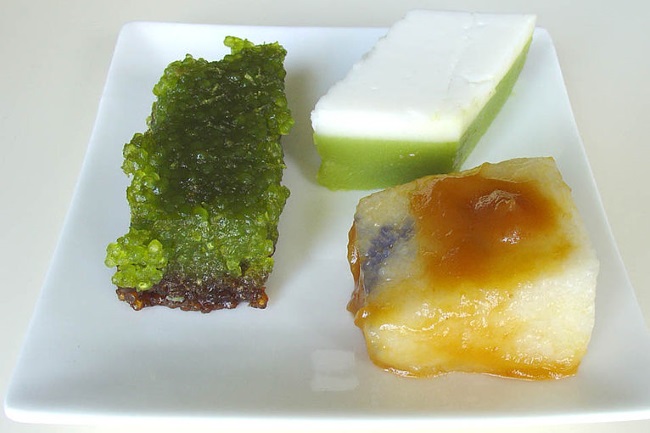Gemma Rose pays homage to her roots… by stuffing her face in Malaysia.
“Sudah makan?” is one of the most commonly asked questions in Malaysia. The fact that “Have you eaten?” comes up more often in conversation than “How are you?” shows just how important and integral food is to Malaysian society. Being half Malaysian, my knowledge of Bahasa Malaysia (Malay) is rusty, but my Malaysian foodie knowledge is reasonably fluent. My strongest and proudest bond to Malaysia is to its food.
It is difficult to pin down what Malaysian cuisine actually is, especially because there are so many iconic dishes: Malaysia’s National Heritage Act preserves over 200 of them. Due to the many ethnic communities that make up Malaysian society – the main three being Malay, Chinese and Indian – it would be fair to say that the cuisine lacks a distinctive identity. For example, there are different takes on the same dish: nasi goreng (fried rice) has at least five different styles. There is also great debate over the breakfast of choice: nasi lemak, a Malay dish of coconut rice accompanied with sambal (a chili paste), boiled egg, cucumber, fried anchovies and peanuts; roti canai, fried Indian flat bread served with curry; or dim sum, the vast array of steamed and fried Chinese dumplings, buns and rolls. I may even be insulting many Malaysians by not adding more dishes to the list!
Variety is the spice of life, and there is no end to such variety when it comes to the Malaysian kitchen. On a recent visit, I decided to eat my way through the particular food havens of Penang and Melaka. The wonderful thing about eating out there is that you can have just as delicious fresh food by the roadside for next to nothing, as you can in an upmarket restaurant. It is no wonder that the Malaysian government markets its gastronomy as a tourist attraction in itself. Here are some of the best bites of my trip.
Penang Island: On the north-western coast of Malaysia sits Penang Island, a former British settlement whose capital Georgetown is home to a UNESCO World Heritage site. One cannot visit Penang without trying its char koay teow, a flat rice noodle dish with prawns, chives, egg and beansprouts, fried in a wok until the noodles are caramelized around the edges. The taste is tangy and crunchy, leaving a spicy shrill on the tongue after you’ve taken a bite. What also sets it apart from other fried noodle dishes is the smoky aroma (wok hei) imparted on the dish by the masterful cook and a fiery wok, which helps make the caramelized taste more pronounced. This much-loved dish can be found all over Georgetown, particularly at hawker centres, which are open-air food courts. It really is a dish best had out on the street where it’s hot off the wok – watching your cook fry your noodles is a sight worth seeing and smelling.
Another must in Penang is its Chinese food. We had one of the tastiest meals at Foong Wei in Georgetown, a favourite amongst Penangites. The atmosphere is boisterous and busy, with tables hosting several generations of one family seated around the lazy Susan rotating tray, tucking into an array of dishes to their heart’s content. The highlights were the prawn spring rolls: juicy king prawns embedded in a crispy golden pancake; and the mango chicken: chicken pieces marinated in sweet chili sauce, coated in a crispy batter, topped off with shredded unripe mango for that extra zest. Of course, I cannot have Chinese food without nasi goreng cina, my favourite type of fried rice. This fried rice is light on the soya sauce, with sliced spring onion, fish cake and shrimps, fluffy stringy scrambled egg and crispy shallots to christen it on top, just heaven.







